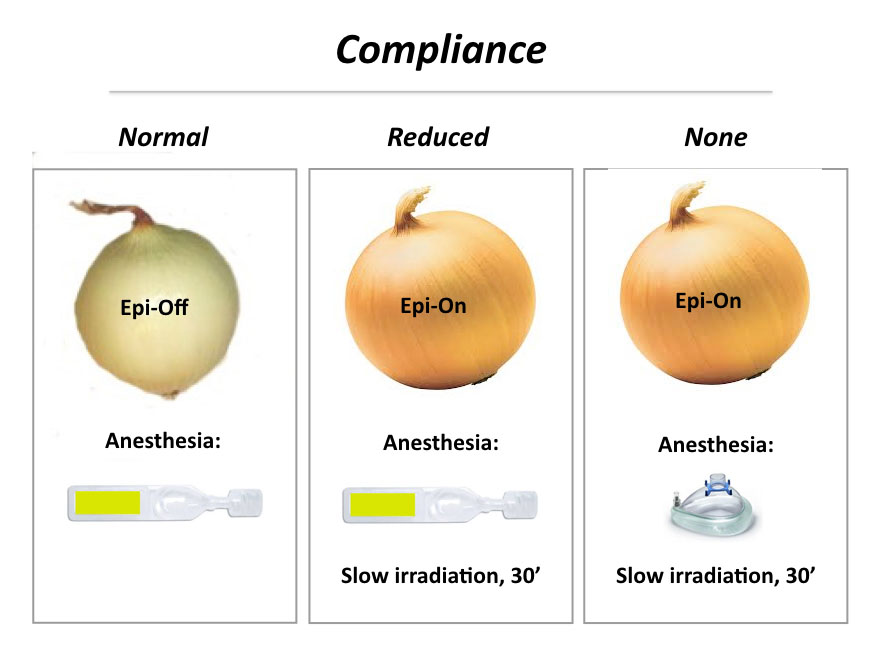Whereas the technical aspects of corneal cross-linking in children and adolescents are not different from a CXL procedure performed in adults, there are some fundamental differences that need to be respected in young patients up to the age of 20 years:

Want to stay informed about our latest news, posts and articles?
© 2023 | Light for Sight Foundation | All rights reserved